Maths and numeracy
In the Australian Curriculum: Mathematics, the development of numeracy is linked to the development of mathematics knowledge and gives purpose to the study of the discipline of mathematics.
Mathematics refers to the domain of knowledge (or discipline), while numeracy refers to a person’s ability to apply mathematical aspects and thinking in a range of contexts, including social and everyday life.
Numeracy is not limited to applying number knowledge and skills. Numeracy refers to a person’s ability to apply mathematics and mathematical thinking and reasoning in a range of contexts, including economic, social and everyday life.
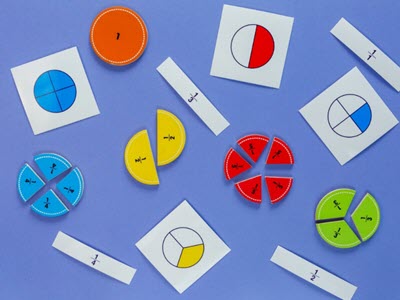
As described in the Numeracy general capability of the Australian Curriculum:
‘…students become numerate as they develop the knowledge and skills to use mathematics confidently across other learning areas at school and in their lives more broadly. Numeracy encompasses the knowledge, skills, behaviours and dispositions that students need to use mathematics in a wide range of situations. It involves students recognising and understanding the role of mathematics in the world and having the dispositions and capacities to use mathematical knowledge and skills purposefully.’
(ACARA, 2017)
Numeracy
General capability: Numeracy
The General capability: Numeracy describes how students typically develop their numeracy skills as they progress through their years of schooling as well as opportunities to make key connections to support and deepen student engagement across all learning areas.
These numeracy skills are described in the National Numeracy Learning Progressions as detailed learning progressions that describe the learning pathway(s) along which students typically progress regardless of age or year level. They describe the skills, understandings and capabilities students typically acquire as their proficiency increases in a particular aspect of the curriculum over time, and help teachers ascertain the stage of learning reached, identify any gaps in skills and knowledge, and plan for the next step to progress learning.
The numeracy progression has been mapped to the year-level expectations set by the Australian Curriculum: Mathematics. Teachers can use the progression to support the development of targeted teaching and learning programs and to set clearer learning goals for individual students.
The Numeracy general capability is organised into 3 elements. Each element includes sub-elements that represent evidence-based aspects of numeracy development.
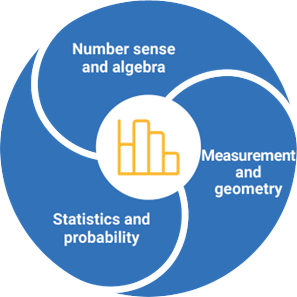
Elements and sub-elements
| Elements | Number sense and algebra | Measurement and geometry | Statistics and probability |
|
Number and place value (P1–10) |
Understanding units of measurement (P1–10) Understanding geometric properties (P1–7) Positioning and locating (P1–5) Measuring time (P1–7) |
Understanding chance (P1–6) Interpreting and representing data (P1–8) |
The sub-elements are organised into progression levels. The sub-element levels are labelled ‘P’ (progression) and the level number, for example, P4.
For more information refer to the General capability: Numeracy.
Browse our Planning tool for resources, organised into topics for each year level, to teach and assess the essential mathematics content. Resources include connections to the numeracy progression and a summary of the teaching and learning focus for each topic.
Numeracy practice

Explore an overview of contemporary research about numeracy practice in Australia.
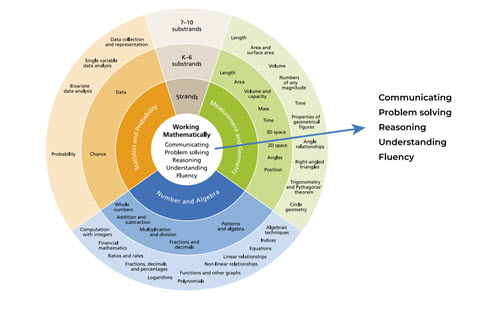
Numeracy guide: Kindergarten to Year 2
A guide to support conversations about evidence‑based practice for leadership teams.
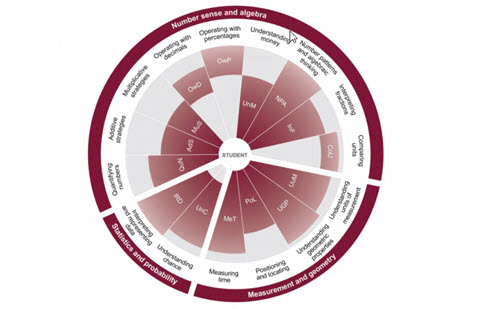
A guide to support conversations about evidence‑based practice for leadership teams.
Numeracy focus areas
The following guides present numeracy-related words and ideas under six numeracy focus areas:
- Developing number sense
- Exploring patterns and relationships
- Using proportional reasoning
- Understanding and using geometric properties and spatial reasoning
- Understanding, estimating and using measurement
- Exploring chance and data

Numeracy-related words and ideas organised under six numeracy focus areas from Years 3 to Year 8.

Numeracy-related words and ideas organised under six numeracy focus areas for Years 9 and 10.
Developing number sense
Developing number sense includes quantifying numbers, estimating, and using additive and multiplicative strategies. The first two resources listed here are aimed at Years 5 and 6, while the third resource covers Years 4 to 8.
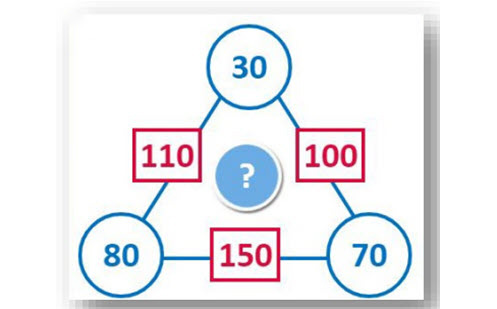
Resources to support students to apply effective strategies and incorporate reasoning when offering solutions to problems involving additive thinking.
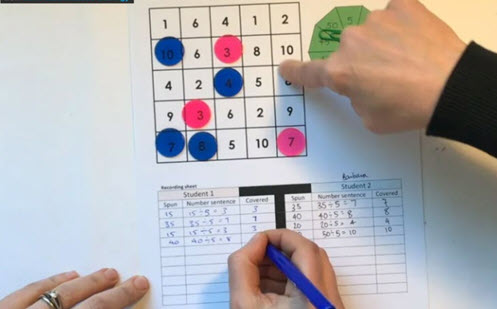
Resources to support students to develop their efficiency, flexibility and confidence in using a variety of mental strategies to solve problems of a multiplicative nature.
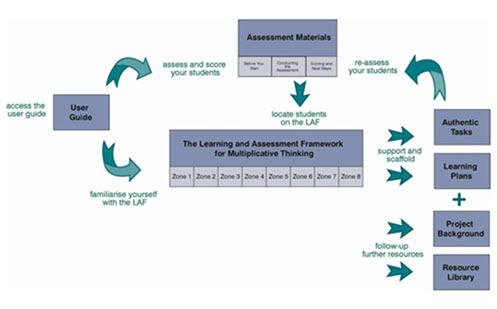
Scaffolding numeracy in the middle years (multiplicative strategies)
This project investigated the efficacy of a new assessment-guided approach to improving student numeracy outcomes in Years 4 to 8. In particular, it was aimed at identifying and refining a learning and assessment framework for the development of multiplicative thinking at this level using rich assessment tasks.